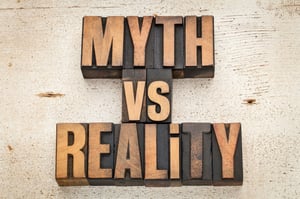 There are limits on how often you can receive a discharge in a bankruptcy. The discharge is where the debtor is released from the liability on their unsecured debts.
There are limits on how often you can receive a discharge in a bankruptcy. The discharge is where the debtor is released from the liability on their unsecured debts.
If you had previously filed a Chapter 7 bankruptcy and received a discharged, to receive a discharge in your next Chapter 7 bankruptcy you need to wait 8 years from the filing date of your previous bankruptcy. If, however, you need relief sooner than the 8 years, a previous Chapter 7 debtor can file a Chapter 13 bankruptcy 4 years after filing a Chapter 7. The debtor will be eligible to receive a discharge in the Chapter 13 bankruptcy.
Debtors are allowed to file a bankruptcy sooner than the respective 8 or 4 years, but, the debtor will not be eligible to receive a discharge at the end of the bankruptcy. If the previous filing was a Chapter 13 bankruptcy, the timeframe to receive a discharge in your subsequent filing is 6 years to file a Chapter 7 and 2 years to file a Chapter 13.
While there may not be any reason to file a Chapter 7 bankruptcy without the benefit of a discharge-there may be reasons to file a Chapter 13 bankruptcy despite not being eligible for a bankruptcy discharge. Debtors may need to file a Chapter 13 bankruptcy to prevent foreclosures, garnishments, levies or help dealing with tax debt.
Call Now for a Free Strategy Session from a MN Bankruptcy Lawyer At Kain & Scott
You may not be eligible for a discharge in a bankruptcy if you had a recent previous filing and received a discharge. But depending on your reasons for filing, you may benefit from another bankruptcy filing despite being ineligible for a discharge. Contact the attorneys at Kain and Scott and see us at www.kainscott.com. You will be glad you did!


